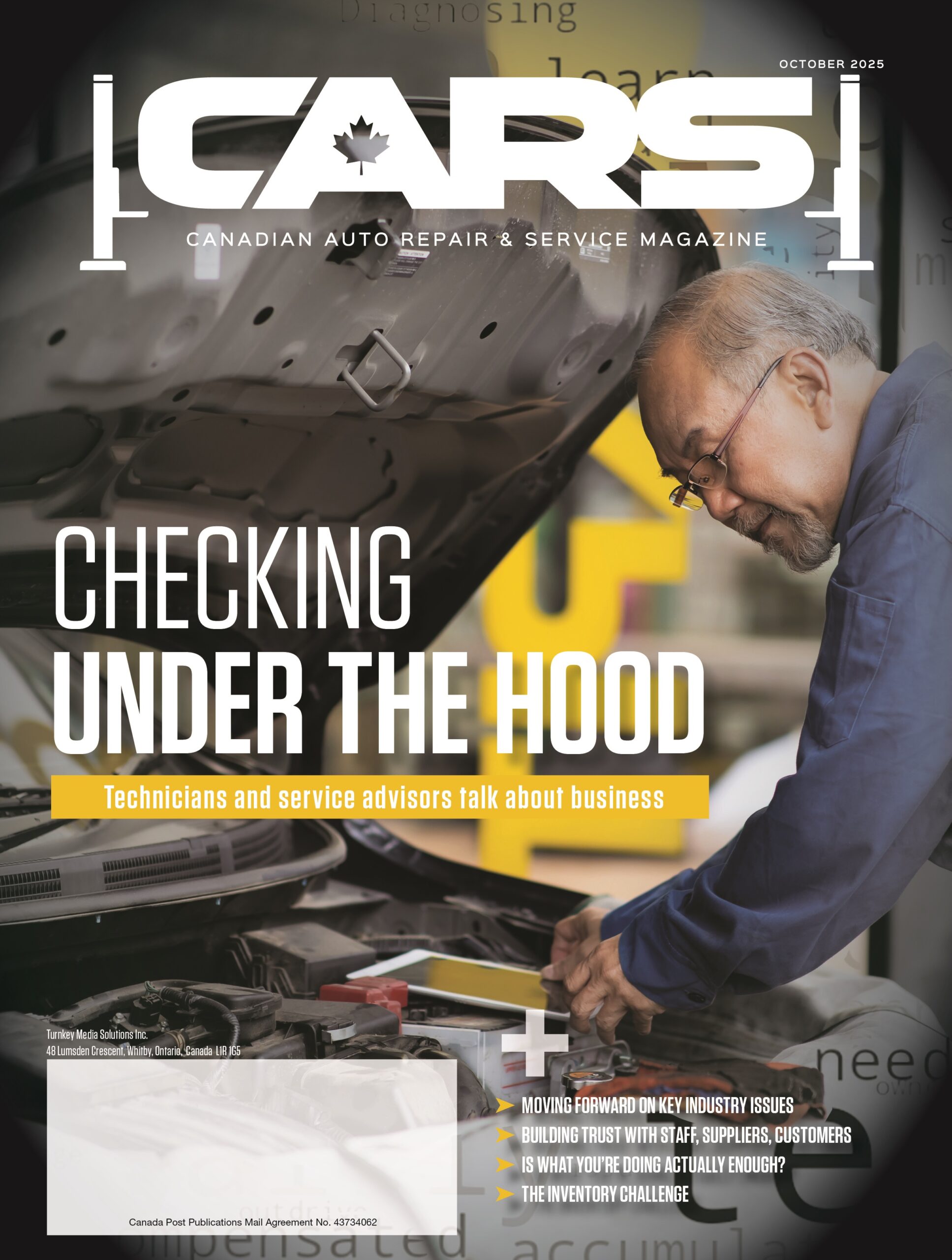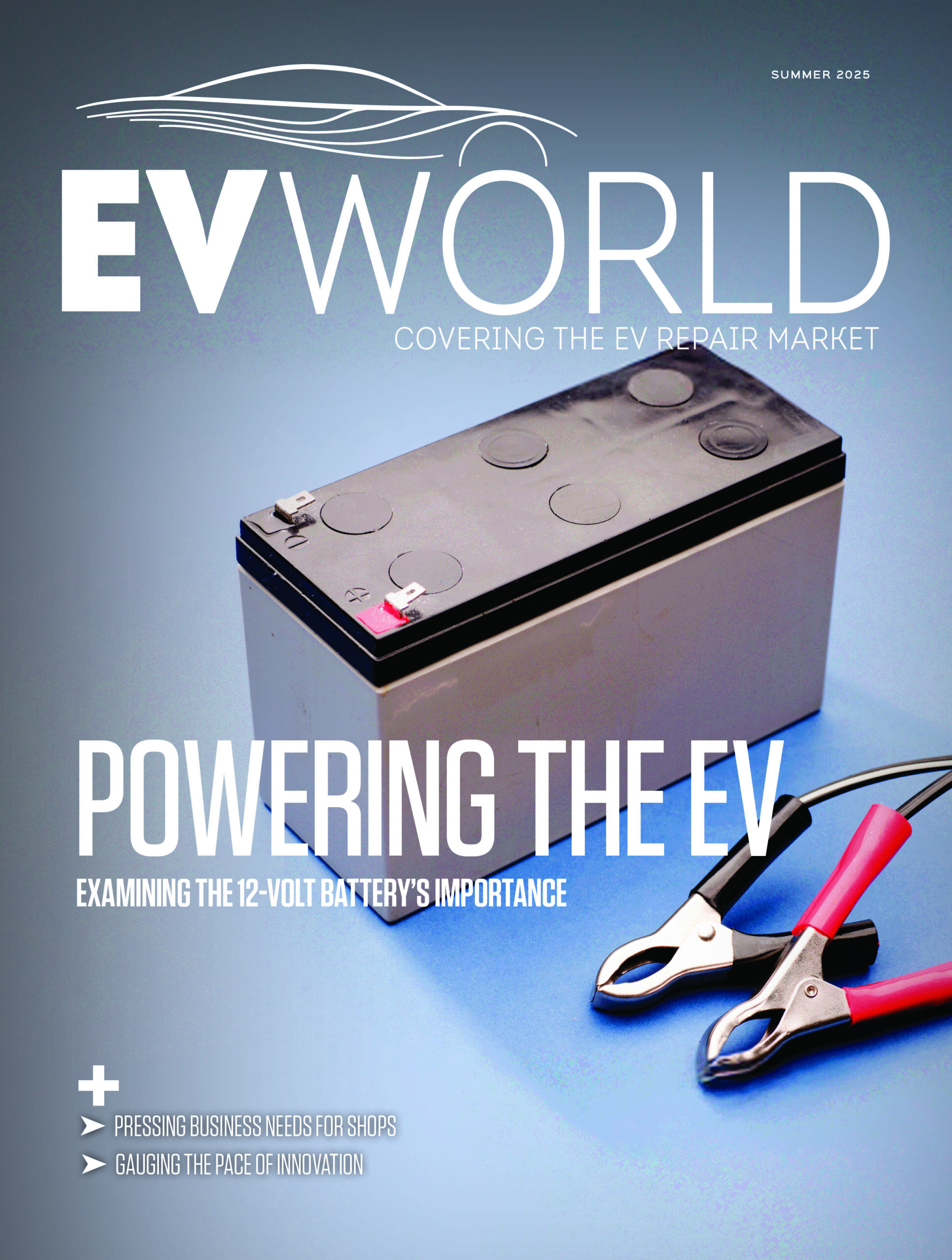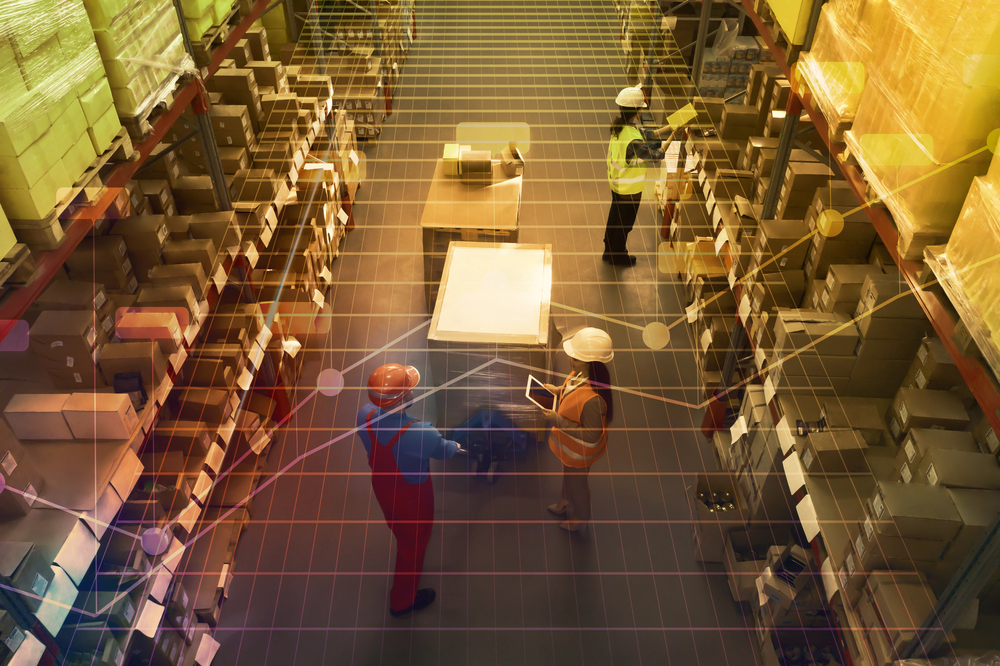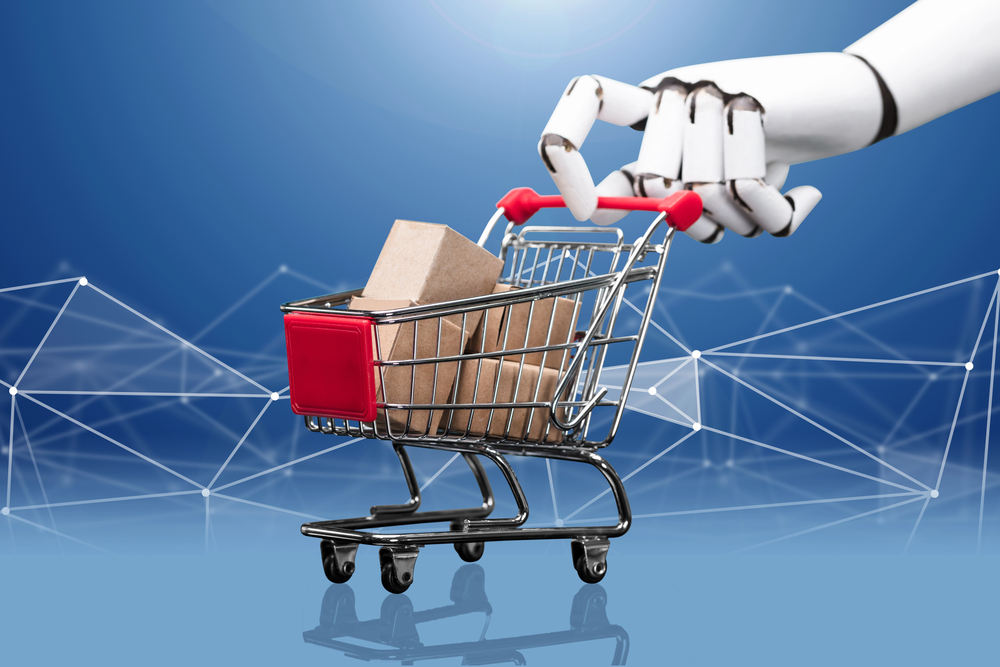
The automotive repair industry is on the brink of a technological breakthrough, with artificial intelligence promising to reshape how shops do business, according to an industry leader.
Daniel Rohrhrisch, a digital expert at Roland Berger, believes AI is advancing at an unprecedented pace.
“It’s the first time technology is growing faster than the expectation,” Rohrhrisch explained during a webinar his company hosted called Navigating the future of the automotive aftermarket, which contained insights from Roland Berger’s latest Aftermarket Pulse report.
He highlighted AI’s potential to manage complex challenges in the automotive aftermarket, particularly in areas with high complexity and numerous product variations.
“So you can already see by that it’s quite powerful, especially when you take a look [at] our business, where we have high complexity, with the number of SKUs that you have to manage with forecasting, where still a lot of the potential is open,” Rohrhrisch said.
The technology shows particular promise in customer support, he noted.
“New AI agents, especially driven by large language models, are way better than the bad experience we are [seeing] with chatbots,” Rohrhrisch said. “So they learn, they nudge the clients, they help to do upselling [and] they have a better understanding of the analytics.”
Rohrhrisch sees AI entering a new phase with “agentic frameworks,” where multiple AI agents can work together to complete tasks. He noted that in some industries, like software development, junior developers are already being disrupted by this technology.
“We will also see it in transactional functions that AI will take over the whole job and manage it to a better level,” he observed.
However, challenges remain. The primary obstacles include establishing proper data access and cloud infrastructure to support AI implementation. It’s all about working at the foundation level and building up to what you need out AI.
“That means data access and also, let’s say, the cloud, in the infrastructure — things that you can build AI on,” Rohrhrisch explained. “And in the second stage, starting to explore [ideas like] ‘what do you like to do with AI?’ and how can you customize it, especially to your business.”
He emphasized the importance of exploring how AI can be customized to specific business needs.
“The general solutions need to be customized to you and can help you build the best,” he said, suggesting that the automotive repair industry stands on the cusp of a significant technological transformation.
“That’s a very interesting journey. So I’m really looking forward over the next year to see what’s going on there in the aftermarket,” Rohrhrisch said.
Image credit: Depositphotos.com













Leave a Reply